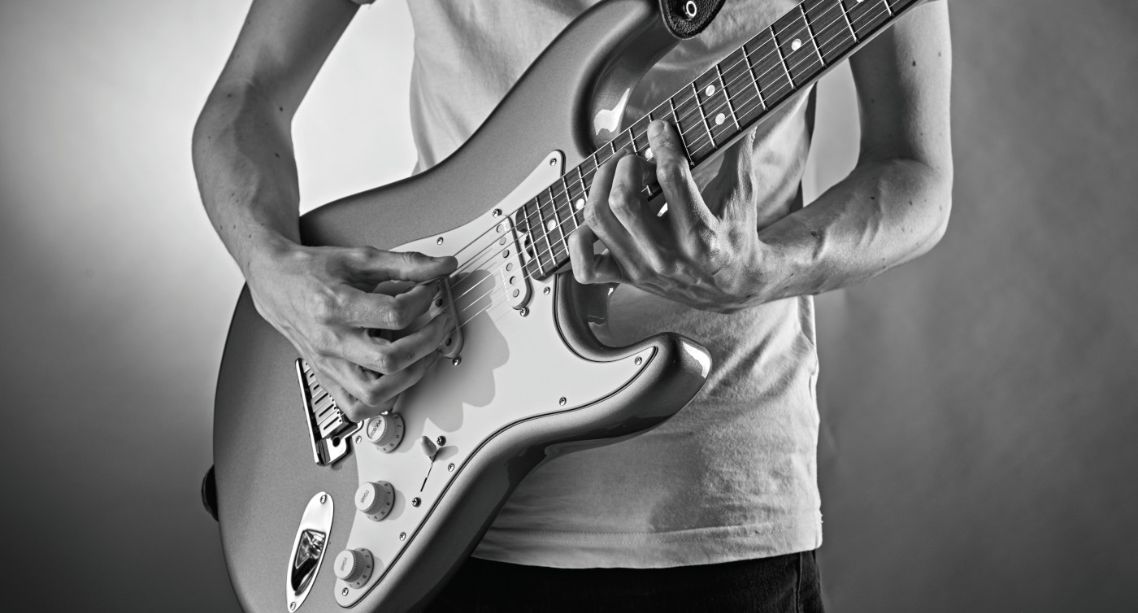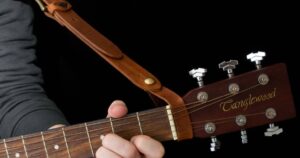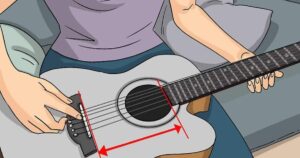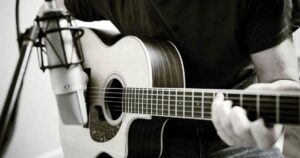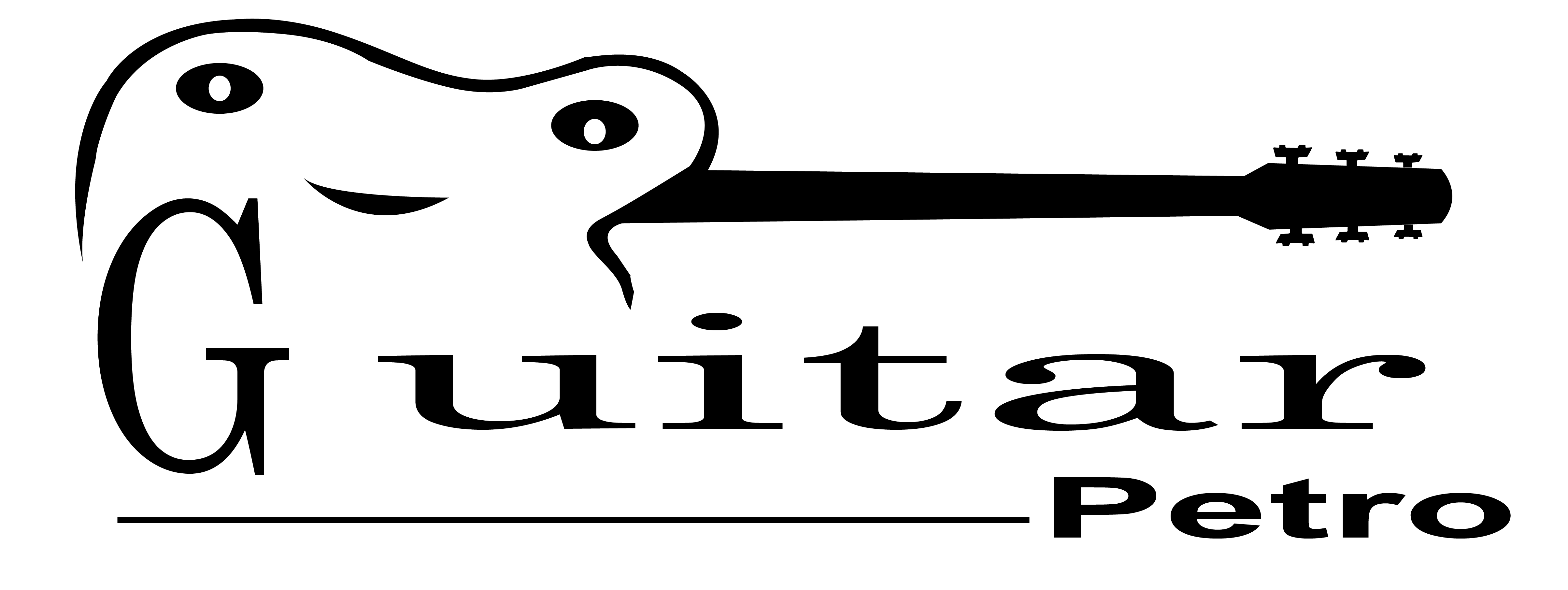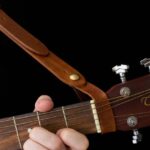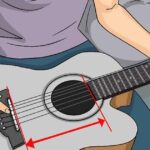Learning How to Play Heart Shaped Box on Acoustic Guitar is a tutorial that guides aspiring musicians in mastering the iconic Nirvana song, Heart Shaped Box, on their acoustic guitars. It involves a series of steps and chord progressions.
Unlock the mesmerizing world of music with the haunting chords of Nirvana’s Heart Shaped Box on your acoustic guitar. Unveil the secrets behind this timeless hit and impress your audience with your musical prowess.
This step-by-step guide will break down the song’s chords and strumming patterns, making it accessible for guitar enthusiasts of all levels. With some practice, you’ll be strumming your way to Nirvana’s iconic sounds in no time.
Guitar Setup
A Guitar Setup is the process of adjusting various components of your guitar to ensure it plays and sounds its best. It’s like giving your guitar a tune-up. This involves tweaking the strings’ height and tension, setting the intonation for accurate pitch, and adjusting the neck for proper alignment. A well-executed setup can greatly improve.
Professional setups are done by experienced luthiers or guitar technicians, but many guitarists learn to perform basic setups themselves. It’s essential to keep your guitar in top shape, so it continues to sound and feel great during your jam sessions and performances. Regular maintenance and adjustments through a guitar setup can help your instrument sound its best and stay in tune.
Tuning Your Guitar
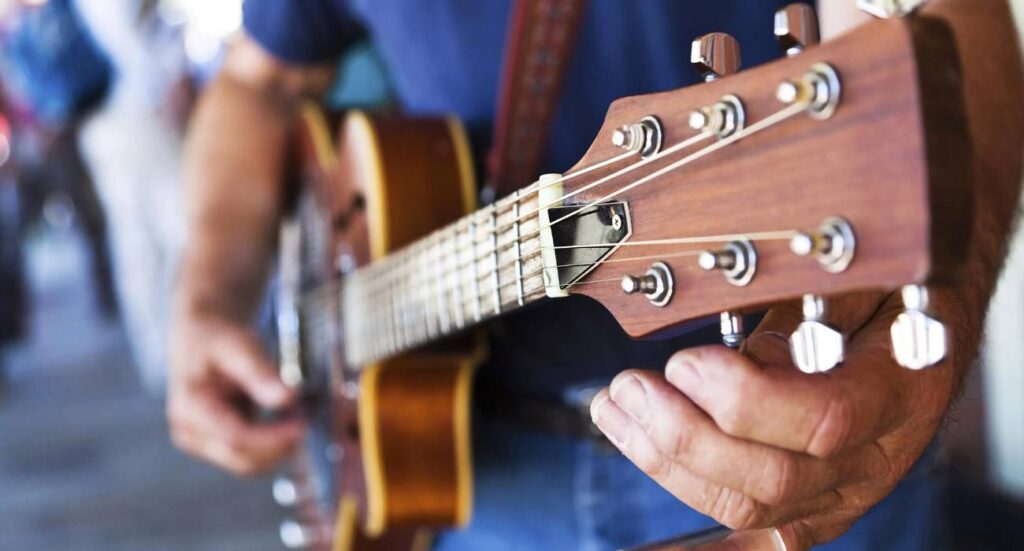
Tuning Your Guitar is the process of adjusting the strings to their correct pitches to produce accurate musical notes. Using a tuner or tuning by ear, each string—E, A, D, G, B, and high E—is adjusted to match standard tuning or an alternative tuning, depending on the desired sound.
Regular tuning is essential for maintaining a guitar’s sound quality and facilitating enjoyable playing experiences. Tuning can be done manually using tuning pegs or with the aid of digital tuners or tuning apps. Learning to tune by ear also helps develop a better musical ear.
Chords and Progressions
Chords are a fundamental part of music, made up of two or more notes played together. They provide the harmony in a song. On the guitar, they involve pressing down on specific frets to create pleasing sounds. Each chord has a unique sound and can evoke different emotions.
progressions are sequences of chords that make up songs. They guide the flow and mood of the music. Learning different progressions allows musicians to create beautiful melodies and write their own songs, making chords and progressions essential for anyone aspiring to play or compose music.
Strumming Patterns
Strumming patterns are the rhythmic movements you use when strumming the strings of your guitar. They play a vital role in creating the groove and feel of a song. Patterns can vary from simple down-up strums to more intricate sequences. By mastering different strumming patterns, you can add depth and dynamics to your playing, making your guitar performance more engaging and versatile.
Intro and Riff
The intro of a song is the opening part that grabs the listener’s attention. It’s usually a short musical passage or a few chords that set the mood for the rest of the track. A well-crafted intro can make a song memorable and distinctive, so take your time to practice and perfect it before diving into the rest of the song.
A riff is a short, catchy musical motif played on the guitar. It’s often repeated throughout the song and can become its signature melody. Riffs can be simple or complex, but they should be memorable and fit the song’s style. Practice the riff to make it sound crisp and in tune, as it’s a key part of many songs’ identity.
Verse and Chorus
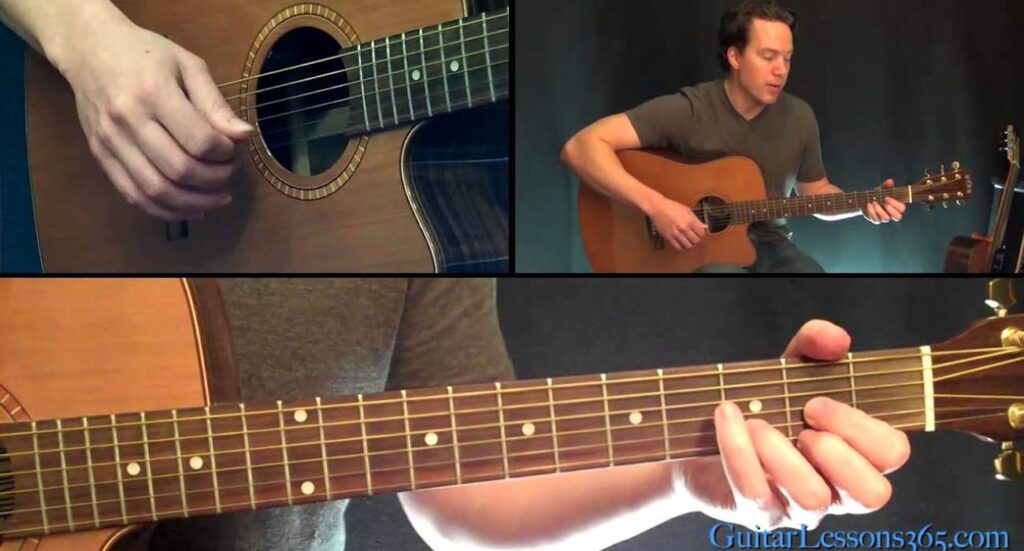
The verse is a fundamental part of a song. It typically contains the story or message of the lyrics and often starts with a specific chord progression. For instance, you might use chords like C, G, D, and E minor. Strum these chords as you sing the lyrics. The verse usually repeats a few times throughout the song, providing the narrative structure.
The chorus is the catchy, repetitive part of the song. It often uses different chords than the verse, creating contrast. For example, you might switch to G, C, and D chords for the chorus. Strum these chords while singing the chorus lyrics. The chorus is usually the emotional or memorable peak of the song, and it typically repeats several times.
Bridge and Solo
The bridge is a part of the song that adds contrast to the verses and chorus. It often introduces new chords or a different melody, creating a fresh sound. Practice the bridge to add variety to your playing and help build the song’s emotional intensity.
Solos are guitar showcases, usually found in rock or blues songs. They involve intricate and expressive guitar playing. Learn solos to develop your skills and add flair to your performances. Practice to master techniques like bending and sliding notes for a powerful solo.
Song Structure
Songs typically follow a specific structure to create a coherent and engaging musical experience. A common structure is verse-chorus-verse-chorus-bridge-chorus. In the verse, the story is told, while the chorus contains the main message or emotional hook. The bridge introduces something new, and the final chorus brings it all together. Understanding this structure helps you learn and play songs effectively.
Performance Tips
Here are five performance tips to help you shine on stage:
Practice, Practice, Practice:The more you practice, the more confident you’ll be. Practice your songs until you can play them comfortably and without mistakes.
Engage with Your Audience:Make eye contact, smile, and interact with your audience. Engaging with them creates a connection and makes your performance more enjoyable for everyone.
Control Your Nerves:Stage fright is common. Take deep breaths, visualize success, and remember that it’s okay to be nervous. Over time, your nerves will lessen with experience.
Use Good Posture and Stage Presence:Stand tall, avoid slouching, and use confident body language. A strong stage presence makes you more captivating to watch.
Enjoy the Moment:Remember why you’re performing: because you love music. Enjoy the experience and let your passion for music shine through. Your enthusiasm is contagious and will make your performance more memorable.
Troubleshooting
If you encounter problems with your guitar playing, start by checking your tuning and adjusting it if necessary. Ensure your guitar is properly set up and maintained to avoid buzzing or other issues. If you face persistent challenges, consult a skilled guitarist or instructor for guidance.
String buzzing can be caused by low action or worn-out strings. Adjust your guitar’s action or change strings to resolve this. If your chords don’t sound right, check your finger placement and apply the right pressure. Recording yourself and listening back can help pinpoint and correct errors in your playing technique.
Practice Routine
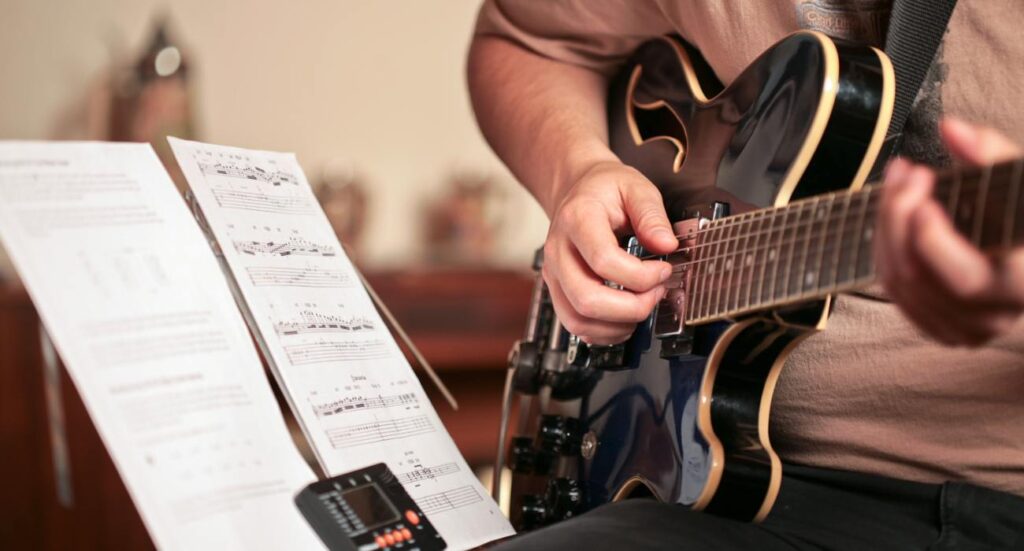
Begin your practice with warm-up exercises like finger stretches and simple chord changes. Focus on technique and posture to avoid strain. Gradually increase your playing speed and accuracy. Start with 15-30 minutes a day to build muscle memory and improve finger strength.
In the second part of your practice, work on specific skills like chord transitions, strumming patterns, or learning a new song. Set achievable goals and practice each skill for 10-15 minutes. This structured approach helps you progress efficiently and enjoy your practice.
Additional Resources
Expand your guitar skills with online tutorials, chord charts, and song tabs. Websites and apps offer a treasure trove of free resources. YouTube hosts countless guitar lessons, while websites like Ultimate Guitar provide chord diagrams and tabs for thousands of songs. These resources will enrich your musical journey.
FAQ’s
Can I play Heart Shaped Box on an acoustic guitar?
Yes, you can play this Nirvana song on an acoustic guitar by using standard tuning and basic chords like Bm, C, G, and D.
What strumming pattern should I use for the song?
Start with a simple down-up strumming pattern, and listen to the song for rhythm. Adjust your strumming as you become more comfortable.
Do I need to learn the guitar solo?
No, you can skip the intricate solo if you find it challenging. Focus on strumming chords and singing along to enjoy playing the song.
Conclusion
Learning to play Heart Shaped Box on an acoustic guitar is an achievable and enjoyable journey, even for beginners. By tuning your guitar to standard tuning, mastering basic chords like Bm, C, G, and D, and experimenting with strumming patterns, you can create a pleasing rendition of this iconic Nirvana song. While the original song features an intricate electric guitar solo, don’t be discouraged if it’s too challenging. You can focus on strumming chords and singing along, delivering a great performance without the solo.
Remember, practice is key to improvement. Consistent practice will help you get comfortable with the chords, transitions, and strumming. And don’t forget to explore additional resources like online tutorials, chord charts, and tabs to further enhance your skills. With dedication and patience, you’ll soon be strumming Heart Shaped Box on your acoustic guitar with confidence, delighting your audience or simply enjoying the music yourself. So, pick up your guitar, start playing, and have fun with this classic rock song.
